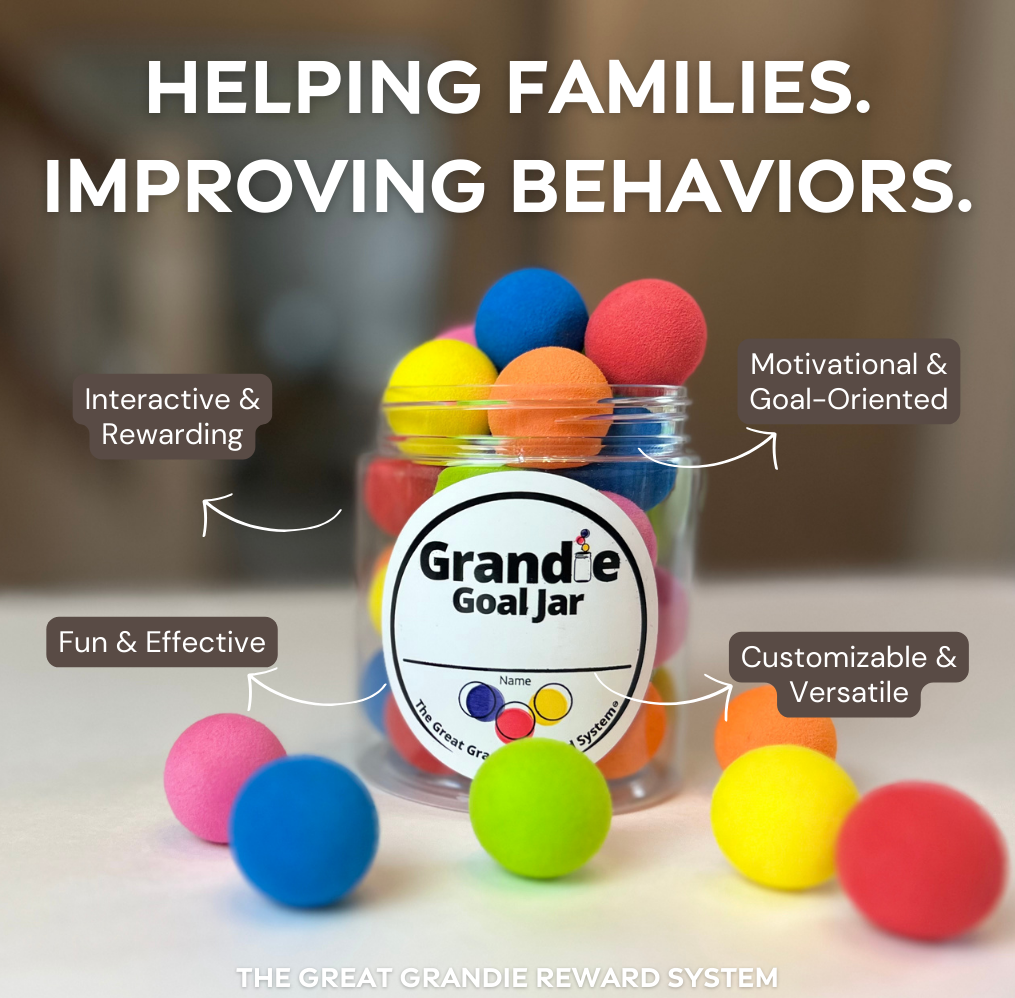Providing parents with practical tips for handling and preventing tantrums in children.
Tantrums are a common rite of passage for children, but for parents, they can feel like navigating a tempestuous sea. These explosive displays of emotion can be overwhelming, leaving both children and parents feeling exhausted and frustrated. However, tantrums are a normal part of child development, often occurring between the ages of one and three when kids are still learning to communicate their feelings effectively. In this blog post, we’ll explore practical strategies for handling and preventing tantrums, helping parents steer through the tempest with grace and patience.
Understanding the Tantrum
Before diving into strategies for calming tantrums, it’s essential to understand why they occur. Tantrums typically arise from a child’s inability to express their needs, emotions, or frustrations adequately. Children lack the language and coping skills to navigate complex emotions, leading to these outbursts.
Preventing Tantrums: The First Line of Defense
- Maintain a Consistent Routine: Children thrive on routine. Establish regular schedules for meals, naps, and bedtime to provide a sense of predictability and security.
- Ensure Adequate Rest: Fatigue is a tantrum trigger. Make sure your child gets enough sleep to prevent meltdowns.
- Set Clear Expectations: Clearly communicate your expectations and rules. Keep instructions simple and age-appropriate.
- Offer Choices: Allow your child to make simple choices whenever possible. This empowers them and reduces frustration.
Handling Tantrums: Weathering the Storm
- Stay Calm: It’s challenging, but try to remain calm. Children often mirror their parents’ emotions, so staying composed can help de-escalate the situation.
- Acknowledge Feelings: Validate your child’s feelings by saying, “I understand you’re upset.” This shows empathy, making them feel heard.
- Use Distraction: Sometimes, redirecting their attention to something else can halt a tantrum in its tracks.
- Give Them Space: If it’s safe, allow your child some space to cool down. Crowding them can intensify the tantrum.
- Avoid Rewards: Don’t reward tantrums with what your child wants. It reinforces the behavior.
Post-Tantrum Reflection
- Talk About It: Once the tantrum has passed, have a calm conversation about what happened. Encourage your child to express their feelings.
- Teach Emotional Regulation: Help your child identify and manage their emotions. Use simple language to explain feelings.
- Praise Good Behavior: When your child behaves well after a tantrum, praise their positive behavior to reinforce it.
The Grandie Approach: A Positive Reinforcement Tool
Consider using The Great Grandie Reward System as an effective positive reinforcement tool to address and prevent tantrums. By setting achievable behavior goals and rewarding your child for meeting them, you can encourage positive behavior and emotional regulation. Grandies serve as tangible rewards that celebrate good deeds and accomplishments, teaching children the value of their actions.
Conclusion
Tantrums are a challenging aspect of parenting, but with patience, understanding, and the right strategies, you can navigate the tempest and guide your child towards healthier emotional expression. Remember that tantrums are a phase of development and can be managed effectively. By preventing tantrums through routines, clear communication, and choices, and handling them with empathy and calmness, you’ll be better equipped to weather the storm.
Incorporating The Great Grandie Reward System into your parenting toolkit can be a valuable addition, providing a positive and rewarding approach to managing behavior and emotions. Together, these strategies and tools can help you and your child navigate the tantrum tempest with resilience and grace.






